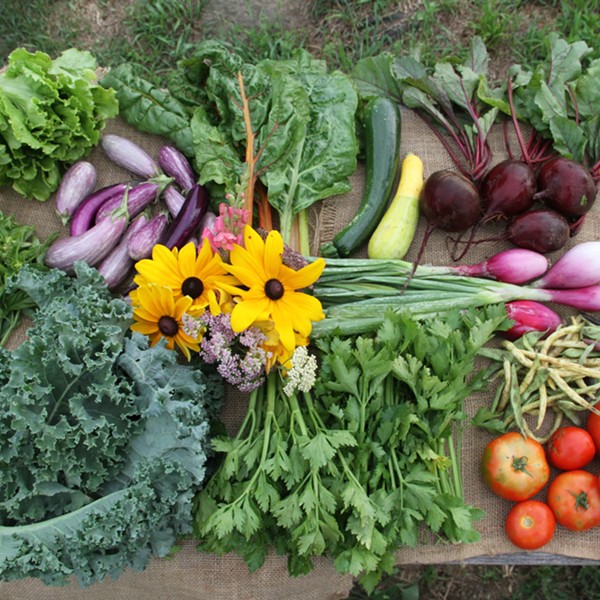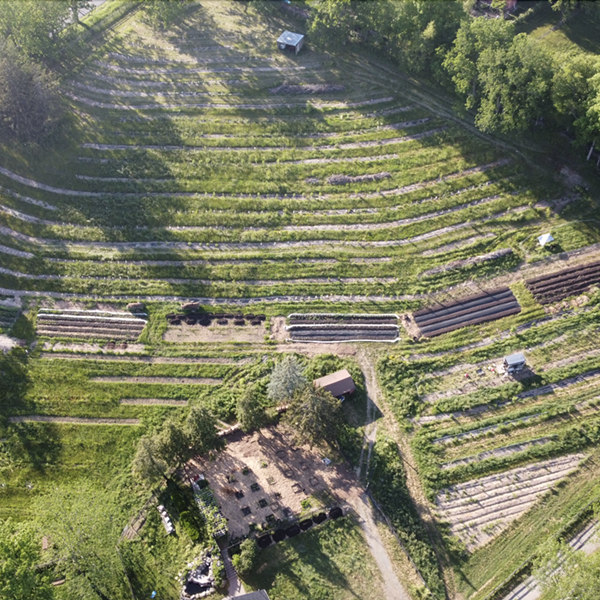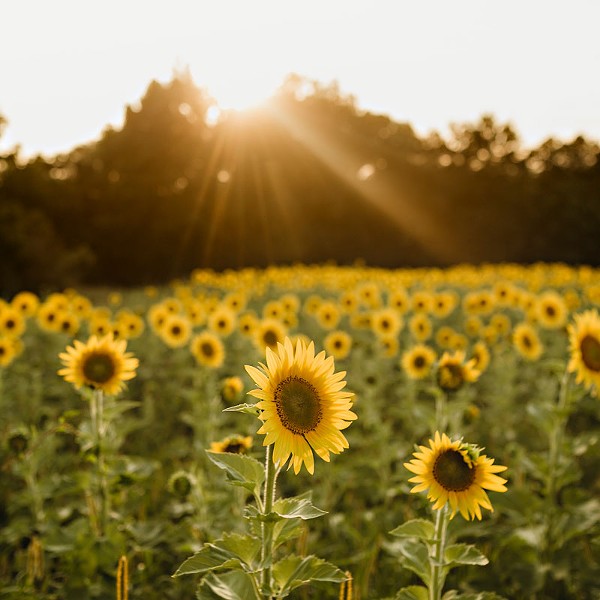Many people are obsessed with food, for better and for worse. Very few are able to take that fetish and diligently channel it to create products that become beloved by the greatest chefs in the country, setting new benchmarks for quality and sustainability. After a hiatus, Robert Rosenthal of Stone Church Farm in Rifton is back in business producing the best-tasting ducks in America, if not the world.
Rosenthal and his wife Noelia moved up from New York City and in 1984 began raising poultry at a lovely 19th-century bluestone church in Rifton that they renovated using salvaged rough-hewn barn beams. By 1986, they had stopped; the birds were noisy and kept getting flattened by the traffic on Route 213 outside their house, and unhappy neighbors complained. Rosenthal leased some land, bought some ducks at auction, and continued production, building a loyal clientele among restaurants, but it was a lot of work. Eventually, he made a deal with Mennonite farmers in Pennsylvania to raise birds according to his system, which left him free to research and market. The only problem was that he was operating under a Pennsylvania State license that forbade transporting animals out of state. Flouting this law ever more brazenly, it got to the point where an inspector urged Rosenthal to turn himself in to authorities to avoid any serious sanctions. “I was an agricultural criminal,” he says of that period. “I was arrogant, and I never said no; there were Fed Ex trucks coming and going all the time.” By 2006, the business was shut down, and Rosenthal began to plot his return to production in a sustainable (and fully legal) fashion.
Rosenthal’s driving motivation has always been to achieve the best possible flavor, and as a result he ended up raising animals in what is essentially their natural habitat. Climbing a steep stairway to a cavernous upstairs room where a pile of thick planks waits to be turned into a dining table, Rosenthal says, “We want to eat what lives where it’s happy; it’s exactly the same as for vegetables. The best food in the world has always been a result of animals raised in an environment of their choosing.” The fact that the best-tasting animals grow in the most humane and bucolic environment is hardly surprising, but it shows how far most of today’s farming has strayed from its origins. “You can’t put an animal in a cage,” he insists.
Rosenthal calls his approach “ecological food” since it begins with the land. Protecting and caring for the land lets the animals thrive: “Happy animals give back to people, both in taste and sustenance.” The public enjoys the superior quality of the food, and the farmer prospers, ensuring that the land remains agricultural. His approach gives the ducks large amounts of open space, including bodies of water, where they can eat grass, herbs, bugs, snails, frogs, and anything else they like. Any fences are to keep the predators out, not the animals in. In the last few weeks of their lives, they are given a custom blend of grain to add fat, and for the last days they come indoors to spacious, dimly lit barns to calm them and relax their muscles.
Currently, he’s working with five farms in the Finger Lakes, and visits regularly to check that all is being done exactly according to his rigorous standards. “I’m unforgiving when it comes to quality control, and I have the customers to prove it,” he says, listing the pantheon of top French chefs in America who all know him on a first-name basis. The law allows for each of his client farms to raise 20,000 of each kind of bird per year, and his sales target is 1,000 birds per week in the coming months. By November—in time for Thanksgiving—Rosenthal plans to be retailing to the public through smaller, high-quality markets around the state.
Rosenthal refers to Stone Church Farm as “first and foremost a research center.” His process begins with talking to chefs, listening to what they want but can’t find. Then he hits the books, scouring his library and the web for any relevant information not already within his capacious memory. Next he begins experimenting with breeding, feed, and different terrain until he gets the result he wants, and codifies the process in a contract with the farmers. “I’m sort of the architect [he studied architecture briefly before dropping out] with a blueprint; I bring the prototype, farmers follow it, and the result is a handmade product but made in quantity.” On average it takes him 18 months to reach a complete plan for a given animal.
















